NEWS
See more
Behind the Scenes: How LED Floor Displays are Made
Behind the Scenes: How LED Floor Displays are Made
Table of Contents
- 1. Introduction to LED Floor Displays
- 2. What Are LED Floor Displays?
- 3. Importance of LED Floor Displays in Modern Industry
- 4. The Design Process of LED Floor Displays
- 5. Materials Used in LED Floor Displays
- 6. The Manufacturing Process of LED Floor Displays
- 7. Quality Control in LED Display Production
- 8. Installation and Maintenance of LED Floor Displays
- 9. The Future of LED Floor Displays
- 10. Frequently Asked Questions
- 11. Conclusion
1. Introduction to LED Floor Displays
LED floor displays are transforming the way we perceive space in various industries, including entertainment, advertising, and retail. These innovative displays allow for dynamic visual storytelling and interactive experiences that captivate audiences. In this article, we will delve into the complex process of creating LED floor displays, showcasing the technologies and methodologies involved, ensuring you gain a comprehensive understanding of how these remarkable products come to life.
2. What Are LED Floor Displays?
LED floor displays are advanced digital screens embedded in flooring, capable of displaying vibrant images, animations, and videos. They utilize Light Emitting Diodes (LEDs) to deliver high-quality visuals from below the surface. These displays are commonly used in public spaces, events, and exhibitions to enhance the visual experience and engage viewers interactively.
The Technology Behind LED Floor Displays
LED floor displays leverage a combination of hardware and software technologies. The display units consist of numerous pixels, each containing red, green, and blue LEDs that blend to create various colors. The integration of smart technology allows users to control the content displayed, making it possible to customize visuals in real-time.
3. Importance of LED Floor Displays in Modern Industry
The significance of LED floor displays cannot be overstated. They play a crucial role in enhancing customer engagement and improving brand visibility. Here are some key benefits:
Enhanced Engagement
LED floor displays create immersive experiences by allowing users to interact with the content. This level of engagement can lead to longer dwell times in retail spaces and increased brand recall.
Versatile Applications
From concerts and trade shows to retail environments and corporate events, LED floor displays can be adapted to various scenarios, making them highly versatile tools for communication.
Cost-Effective Advertising
Compared to traditional advertising methods, LED displays allow for dynamic content updates without additional printing costs, making them a cost-effective solution for marketing.
4. The Design Process of LED Floor Displays
The journey of an LED floor display begins with a thoughtful design process. This stage involves collaboration among designers, engineers, and clients to conceptualize the final product.
Client Requirements
Understanding the client's objectives is vital. Designers gather information about the intended use, target audience, and environmental factors to tailor the display accordingly.
Prototyping
Creating prototypes is essential for visualizing the final product. These prototypes allow for testing and adjustments before moving on to full-scale production.
Visual Content Creation
The design team develops visually compelling content that complements the display's purpose. This involves selecting appropriate colors, graphics, and animations that resonate with the target audience.
5. Materials Used in LED Floor Displays
The quality and durability of LED floor displays largely depend on the materials used in their construction.
Display Panels
LED display panels are made from various materials, including aluminum and plastic composites. These materials are lightweight yet sturdy, ensuring that the displays can withstand foot traffic and environmental factors.
Protective Glass
To protect the LEDs, manufacturers often use tempered glass on the surface. This glass is scratch-resistant and provides additional durability against impacts.
Electrical Components
The internal components, such as power supplies and control systems, are made from high-quality electronic materials to ensure reliable performance.
6. The Manufacturing Process of LED Floor Displays
The manufacturing process of LED floor displays involves several crucial steps that ensure the final product meets quality standards and client expectations.
Step 1: Component Assembly
The first step involves assembling individual components such as LED modules, wiring, and control systems. This process requires precision to ensure that each element functions correctly in unison.
Step 2: Testing
After assembly, rigorous testing is conducted to check for any defects or performance issues. This includes brightness tests, color accuracy checks, and functionality assessments.
Step 3: Quality Assurance
Quality assurance teams conduct thorough inspections to ensure that the displays meet industry standards and regulations. This step is critical for establishing trust with clients.
7. Quality Control in LED Display Production
Quality control is an ongoing process throughout the manufacturing of LED floor displays. It ensures that the final product is reliable and meets the expectations of both the manufacturer and the client.
Standard Operating Procedures
Manufacturers establish standard operating procedures (SOPs) that outline the specific steps to be followed during production, helping to minimize errors.
Performance Testing
Every display undergoes performance testing to assess various factors, including brightness, color fidelity, and responsiveness. Such assessments are critical in delivering high-quality products.
Customer Feedback Mechanisms
Implementing feedback mechanisms allows manufacturers to gather insights from clients after installation, helping them refine their processes and products continually.
8. Installation and Maintenance of LED Floor Displays
Proper installation and maintenance are essential for the longevity and performance of LED floor displays.
Installation Process
The installation process involves careful planning and execution. Technicians must ensure the displays are securely fitted, and that the electrical components are safely connected to the power supply.
Regular Maintenance
Regular maintenance checks are necessary to ensure that the displays continue to function correctly. This includes cleaning the surface, checking electrical connections, and assessing the performance of the display.
Troubleshooting Common Issues
Understanding common issues, such as flickering screens or dead pixels, allows maintenance teams to address problems promptly, minimizing downtime.
9. The Future of LED Floor Displays
As technology evolves, the future of LED floor displays looks promising. We anticipate several trends that will shape their development.
Advancements in Technology
Emerging technologies, such as flexible displays and improved energy efficiency, will enhance the functionality and aesthetics of LED floor displays.
Increased Interactivity
The integration of augmented reality (AR) and virtual reality (VR) will create more engaging experiences, allowing users to interact with content in real-time.
Sustainability Initiatives
With growing environmental concerns, manufacturers are focusing on sustainable practices, including using eco-friendly materials and energy-efficient technologies in production.
10. Frequently Asked Questions
What are the main uses of LED floor displays?
LED floor displays are utilized in various settings, including concerts, trade shows, retail stores, and corporate events, primarily for advertising and enhancing customer engagement.
How long do LED floor displays last?
With proper maintenance, LED floor displays can last up to 100,000 hours, making them a durable choice for long-term use.
Can LED floor displays be customized?
Yes, LED floor displays can be customized in terms of size, resolution, and content to meet specific client needs.
Are LED floor displays weather-resistant?
Many LED floor displays are designed to be weather-resistant, making them suitable for outdoor installations, provided they are correctly sealed and installed.
What maintenance is required for LED floor displays?
Maintenance includes regular cleaning of the surface, checking electrical connections, and performing functionality tests to ensure optimal performance.
11. Conclusion
LED floor displays are a remarkable fusion of technology and creativity, enabling brands to create unforgettable experiences. Understanding the behind-the-scenes processes—from design and manufacturing to installation and maintenance—gives us insight into the complexities involved in bringing these displays to life. As we look to the future, advancements in technology and sustainable practices will surely enhance the capabilities and applications of LED floor displays, solidifying their place as a vital tool in modern communication and advertising strategies.
Related News









